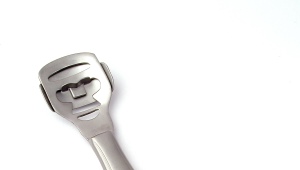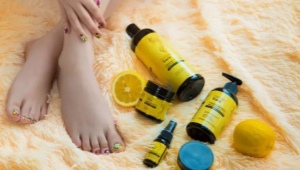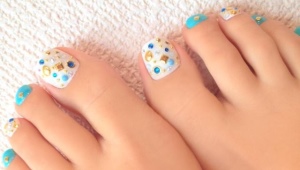Classic pedicure
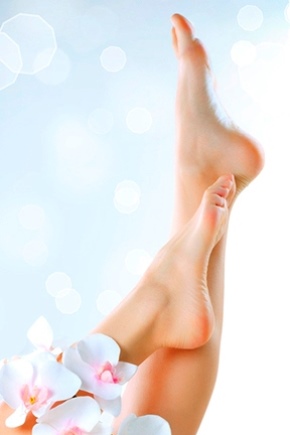
Foot care is not only the aesthetic side of female attractiveness, but also hygienic. During a full complex classic pedicure, not only the cosmetic defect of the foot (roughened skin or cuticle on the nails) is eliminated, but also a therapeutic effect is achieved - the healing of cracks in which bacteria and viruses easily develop, causing a fungal infection. The dead skin between the toes is cleaned, which prevents the occurrence of an unpleasant odor.
What is a classic pedicure?
Many people know what a pedicure is. You need to do it regularly, but few people do it. But not only the external beauty of the foot in open sandals, but also the woman's health depends on the correct implementation of this procedure. A classic pedicure involves trimming the cuticles around the nails. This is exactly what the classics of foot care are, and not at all cutting off excess skin on the feet: heels, around the toes and on the pads.
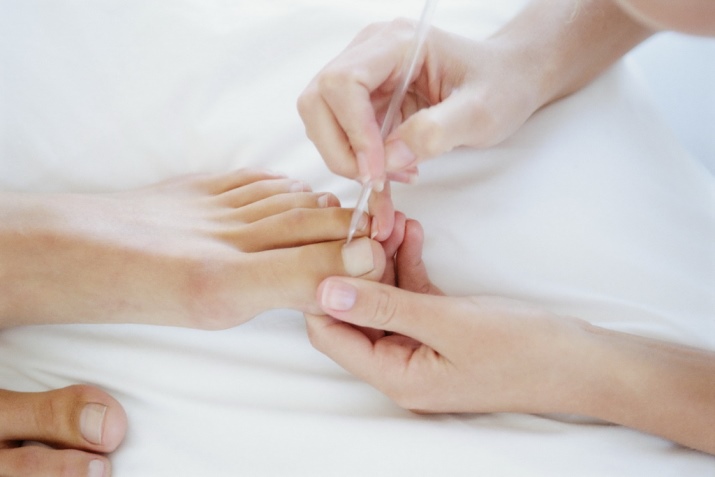
When performing a pedicure, excess skin is still removed, but it is by no means cut off. This is done only with a grater or pumice stone, but not with blades and scissors. There are many cosmetic heel blades on the market, but that doesn't mean you have to use them.After removing the excess in this way, a layer of living cells is often cut off along with the keratinized layer of the skin. The body starts the mechanism of enhanced regeneration, which leads to the very rapid appearance of even rougher skin in the shortest possible time.
It is necessary to take care of rough heels slowly but surely - it is better to steam your legs three times within a week and rub them with a nail file than to cut off the skin with a blade once.

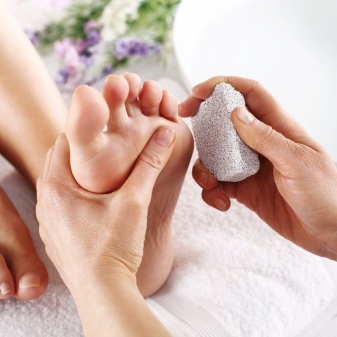
Features and Benefits
A feature of the classic pedicure is a full range of foot care procedures, which includes preliminary steaming of the skin of the feet, removal of unnecessary old skin, cuticle trimming and final moisturizing of the feet.
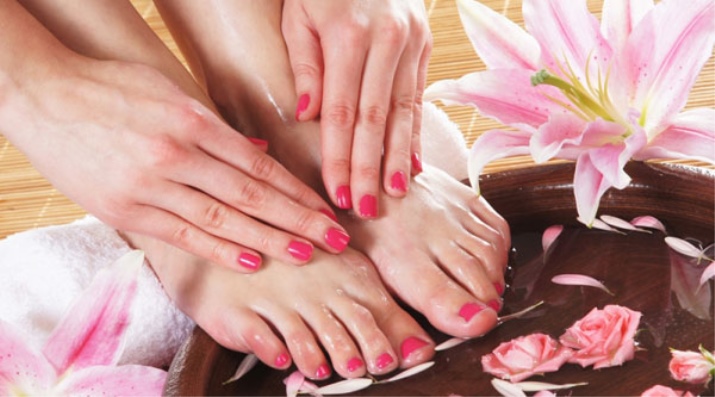

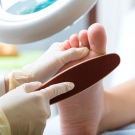
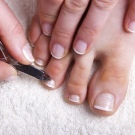
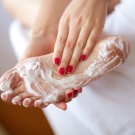

The advantage of this type is comprehensive foot care:
- an antiseptic foot bath not only steams, but also fights skin infections - fungi and diaper rash;
- dirt is cleaned in hard-to-reach areas - between the fingers, under the nails and in their lateral part (between the skin and the nail plate);
- filing or cutting nails gives them the correct shape;
- removing the white film from the nail plate and trimming the cuticle, which evens out the nail and gives it a well-groomed appearance;
- steaming the legs in baths allows you to moisturize the skin, eliminating its dryness.
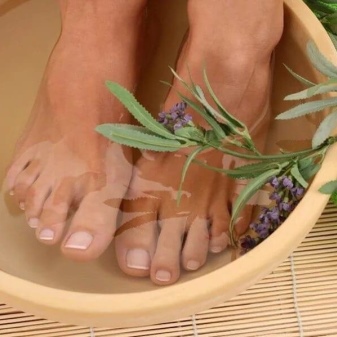
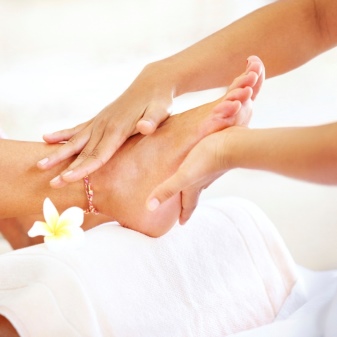
Another plus in choosing a classic pedicure is its quick execution. The full range of procedures (including the final coating of nails with varnish) takes from 50 minutes to 1 hour.
However, the classics have their negative consequences - cuts from cuticle tweezers. Feet get dirty more than hands, so wounds can cause infectious complications. It's good if you do a pedicure at home on your own and are confident in your own tools.In the salon, you can only hope for the conscientiousness of the master, who after each procedure must turn on the sterilizer.
If the salon uses a hot foot bath to soften the skin, then the risk of getting a fungal infection is higher than just in the foot bath. The fact is that even when using a sterilizer, it is impossible to eliminate all bacteria. Nails can be deformed, it is quite possible that interdigital fungus will appear.
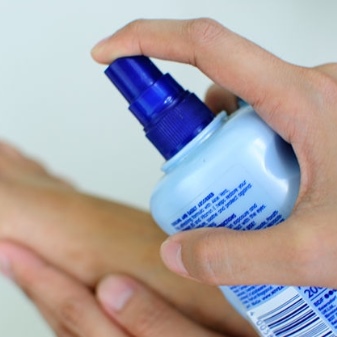

Varieties
Classic pedicure is edged, but there are several varieties. An improved type of classic is the European pedicure. The legs go through all the stages of care, except for cutting the cuticle. The cuticle is removed, but not with tweezers, but with a wooden spatula.
First, the skin around the nails is steamed, pushed to the edge, and then treated with a strong softening agent, which allows you to remove the remnants of the skin without the use of scissors. At the same time, it is possible not only to avoid cuts and infection through them with dangerous diseases, but also to slow down the growth of the cuticle, increase its softness and elasticity (with a trimmed pedicure, the cuticle grows rigid).
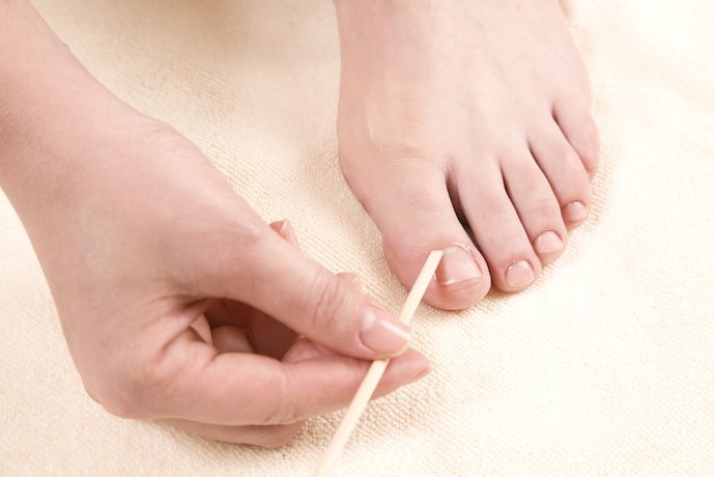
The classic pedicure differs from the combined one in that it is completely done by hand.
Combined variant includes not only manual, but also hardware processing of the feet. Before the bath, dry feet are polished by the apparatus. This is done if the roughened skin is so strong that it forms deep cracks.
The variety of classic pedicure includes spa pedicure. It combines cosmetic foot treatment with a relaxing foot massage (creams and oils are used).This procedure eliminates fatigue, relieves swelling and improves the overall appearance of the skin - due to thorough moisturizing, rubbing oils into it. It is done after the main procedure.
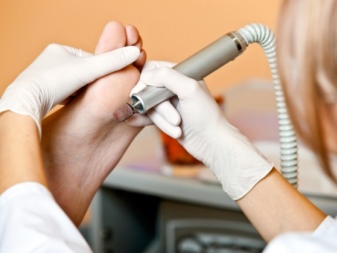
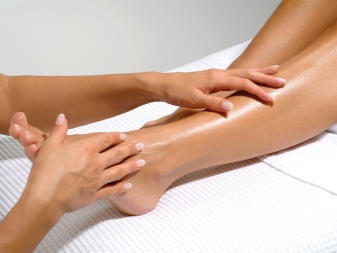
How to do it right?
Regardless of whether you are doing a pedicure at home or in a salon, you need to start this procedure by treating your hands and feet with an antiseptic. Even if you washed them with soap, an antiseptic solution will kill 95% of the bacteria, and soap only half. Other ideas are useless.
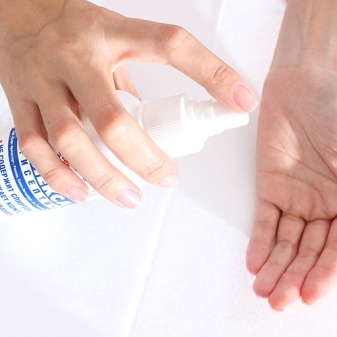
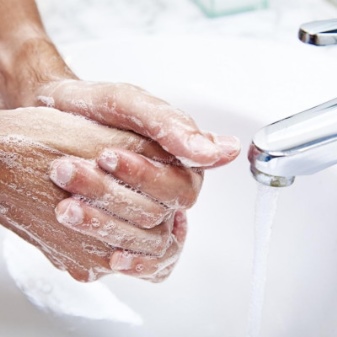
Execution technology step by step:
- If the nails have old varnish, then it is removed. With the help of a nail file (for toenails, the grain size is 180-150 grit), the overgrown edge of the nail is filed. Then a softening cream is applied to the skin around the nails and on the foot for 5 minutes.
- A pedicure agent is added to the prepared bath with warm water (or regular shampoo), which allows you to quickly and effectively soften keratinized skin. If you have problems with an unpleasant smell or if you are worried about any infection, then it is better to do baths with an infusion of antiseptic herbs: succession, chamomile, oak bark, thyme, sage. This part of the procedure takes 15 minutes.
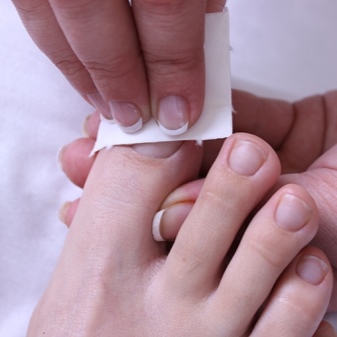
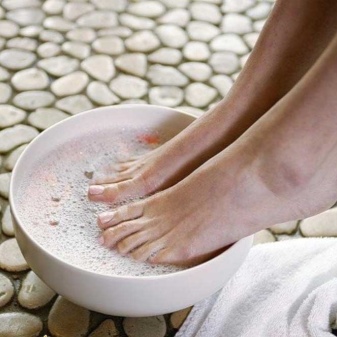
- Removing dead skin with a pumice stone or graters carried out alternately with each foot. In this case, one leg is always in a warm bath.
- The cuticle and pterygium (white film) are removed - either by cutting or with a stick.

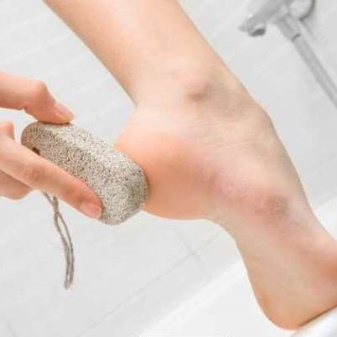
- Final polishing of the foot file with fine abrasive.
- Foot massage with oil and cream thorough moisturizing of the skin of the legs in all places.
- Nail degreasing before applying varnish.

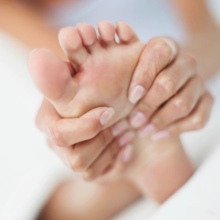

To keep the cool effect of a full classic pedicure longer, it is recommended to apply a regular cream on your feet every evening.
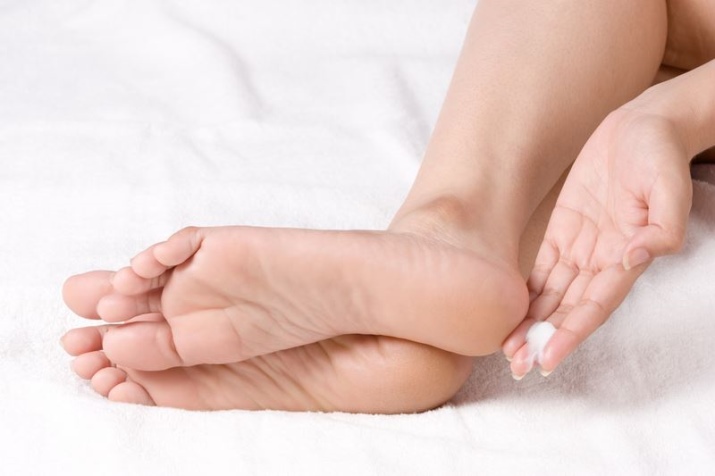
How to choose tools?
When choosing pedicure tools, pay attention to the material from which they are made. Three types of material are usually allowed: medical (alloy) steel, Japanese steel and cobalt alloy. All other materials are not recommended for use - they quickly become dull, they cannot be sharpened, they are not properly disinfected in the sterilizer.
The pedicure set must contain nail clippers, cuticle tweezers, foam nozzles for separating fingers, a scraper / brush / pumice stone to remove keratinized parts of the skin.

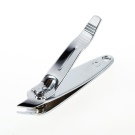

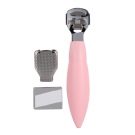


The composition of a pedicure set does not differ from a manicure set, but the tools differ in shape. Scissors or nippers should be straight to make a smooth edge (rounding the nail plate leads to the formation of an ingrown nail), cuticle nippers should have an elongated working surface, files should have an abrasiveness of 150, 180 and 240 grit.
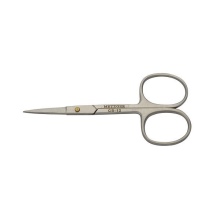
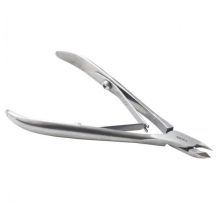
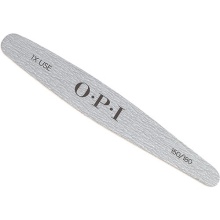
Caring for tools involves their regular (at least once a month) lubrication with oil. Sharpening with a machine is carried out once every six months (provided that the pedicure technique is observed, and it is done no more than once a week). Even if you only do pedicures for yourself, Disinfect instruments after each use.

Secrets of specialists
Pedicure masters have their own secrets that they share with their clients.
If you broke your toenail and plan to wear open shoes, then cut off a piece of filter cloth from a tea bag and glue it on the clear varnish in the place of the break. Top with two or three layers of colored varnish. This will allow the nail to grow to the desired length - without having to mess up the pedicure.
It is difficult to paint toenails, the varnish gets on the cuticle. To prevent this from happening, smear Vaseline around the nail.
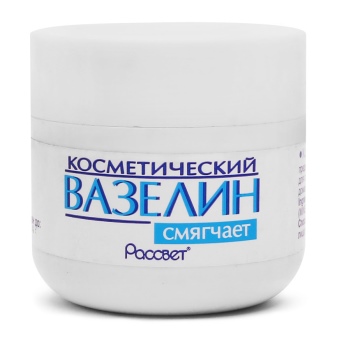

To disinfect and facilitate the removal of rough skin, it is worth pouring a solution into the foot bath: ¼ cup of ordinary vinegar and ¼ cup of mouthwash are added to half a glass of water. Within 10 minutes, you will need to keep your feet there, and then easily remove the skin with a pumice stone.
Ordinary beer can be used as an antiseptic and softener. A bottle of beer needs to be warmed up and poured into a foot bath.
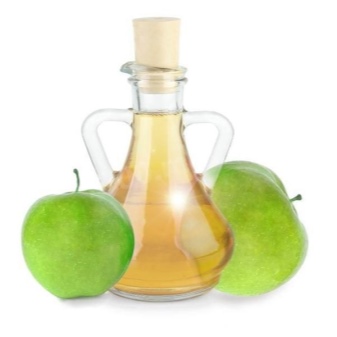
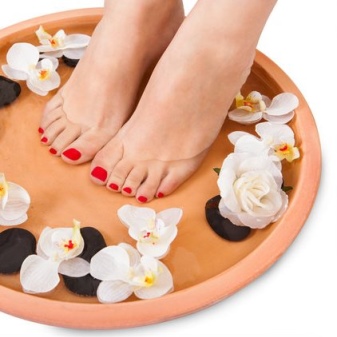
Reviews
The girls' reviews about the classic pedicure were divided into two categories. One camp stands up for the good old classics, explaining that only a trimmed pedicure (unlike the European one) can provide thorough care for the feet and fingers. The second camp (opponents of circumcision) believe that cutting the cuticle adds risk to an already risky life. There is a high chance of contracting hepatitis, HIV, or other serious illnesses. In addition, by pushing the cuticle away, you injure it less, and cracks do not form during growth.
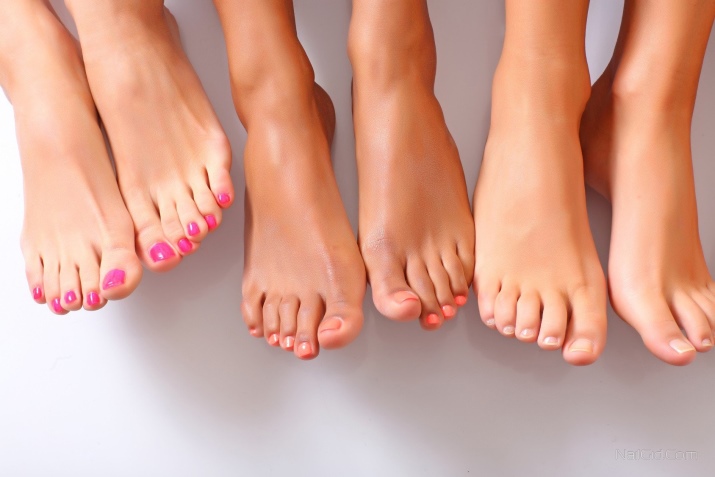
Supporters of the hardware method of foot care are generally against the classic pedicure in salons, but at the same time they are willing to do it at home. This is explained by the fact that during hardware care all nozzles are disposable, which reduces the risk of getting foot fungus to a minimum.
Learn more about classic manicure in the following video.






















